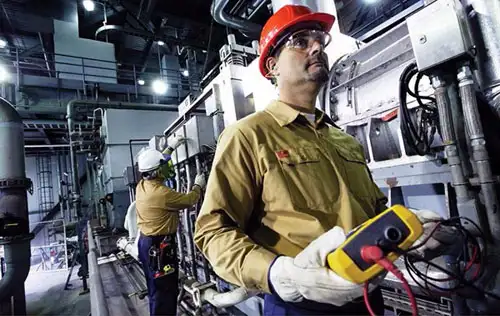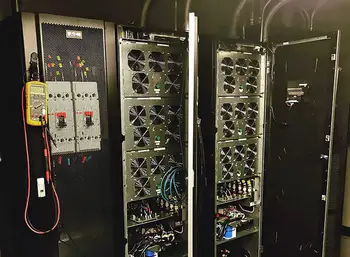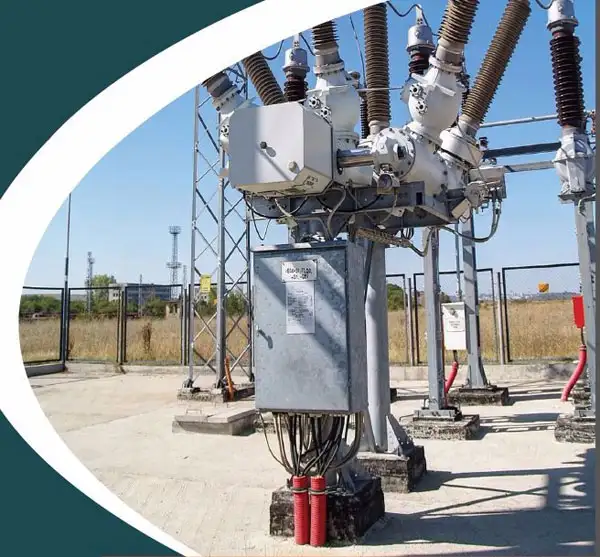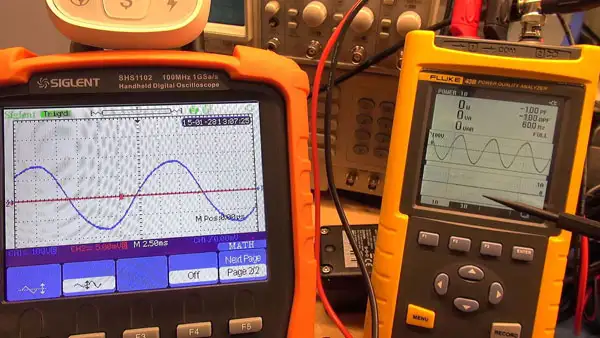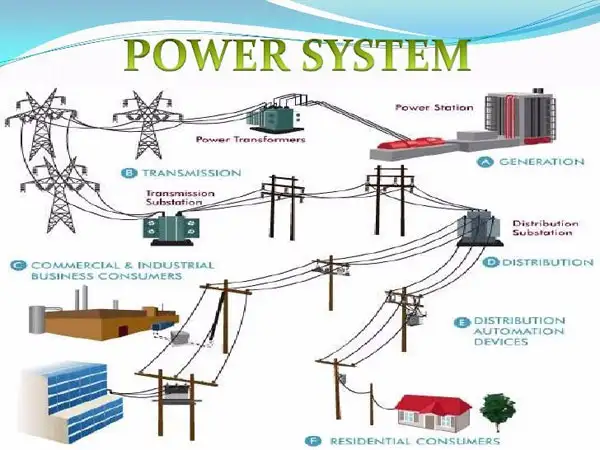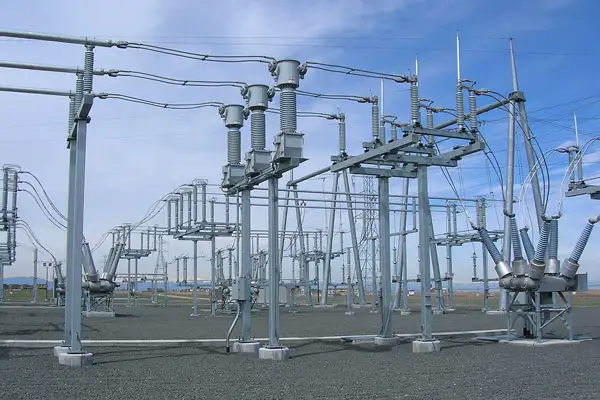ELECTRICITY FORUM TRAINING INSTITUTE- 30+ YEARS
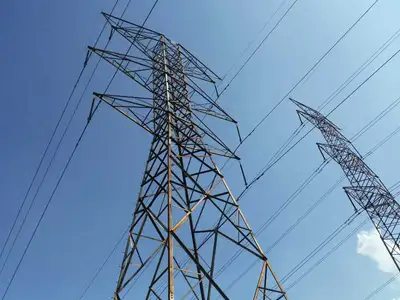
Electrical Training courses taught by Electricity Forum Training Institute (EFTI) instructors are designed to deliver to students real-world, practical information that they can put to use in their work practices. Our electrical training courses focus on teaching procedures and applied learning techniques suited to a company's unique training specifications.
Most of our students are professional electrical professionals working in electric utility, industrial, commercial and institutional power facilities and electrical contractors, who take our short electrical training seminars and use the information to upgrade their knowledge and skill in the workplace. EFTI electrical training courses have improved professional careers of many thousands of industrial electricians, as well as contributed to an improvement in plant productivity, electricity and overall competitiveness of the North American electrical industry.
R.W. Hurst
President, The Electricity Forum Training Institute
ELECTRICAL TRAINING PROGRAMS

